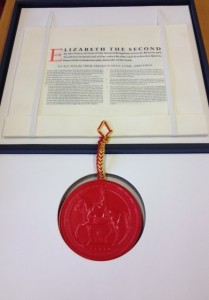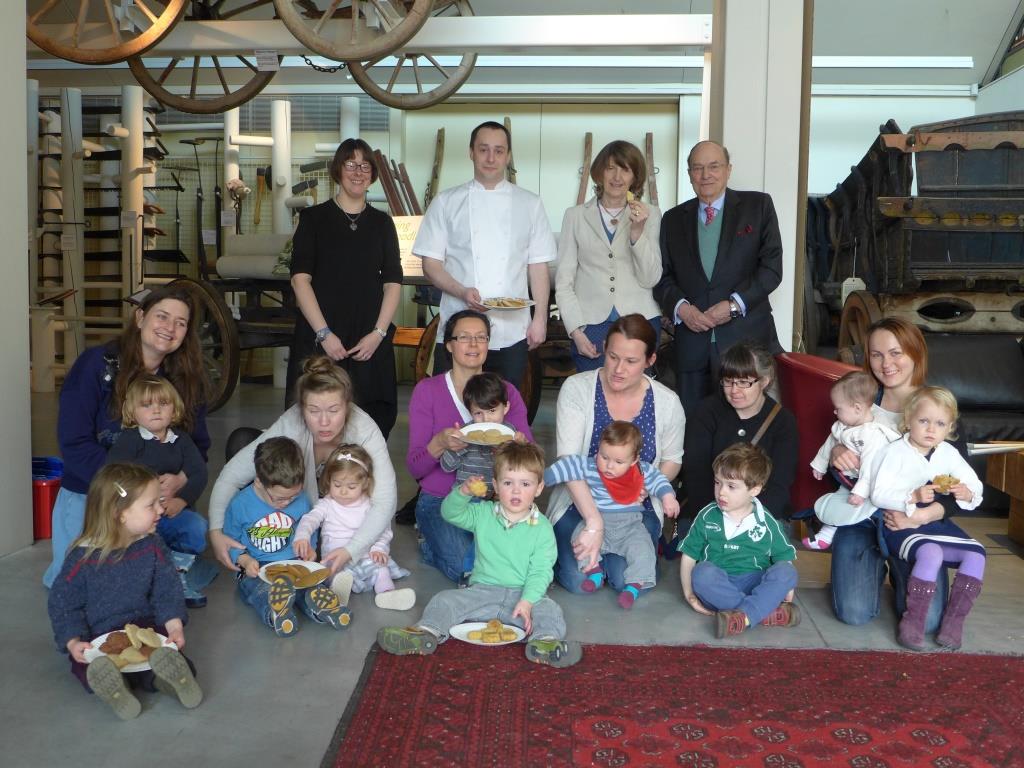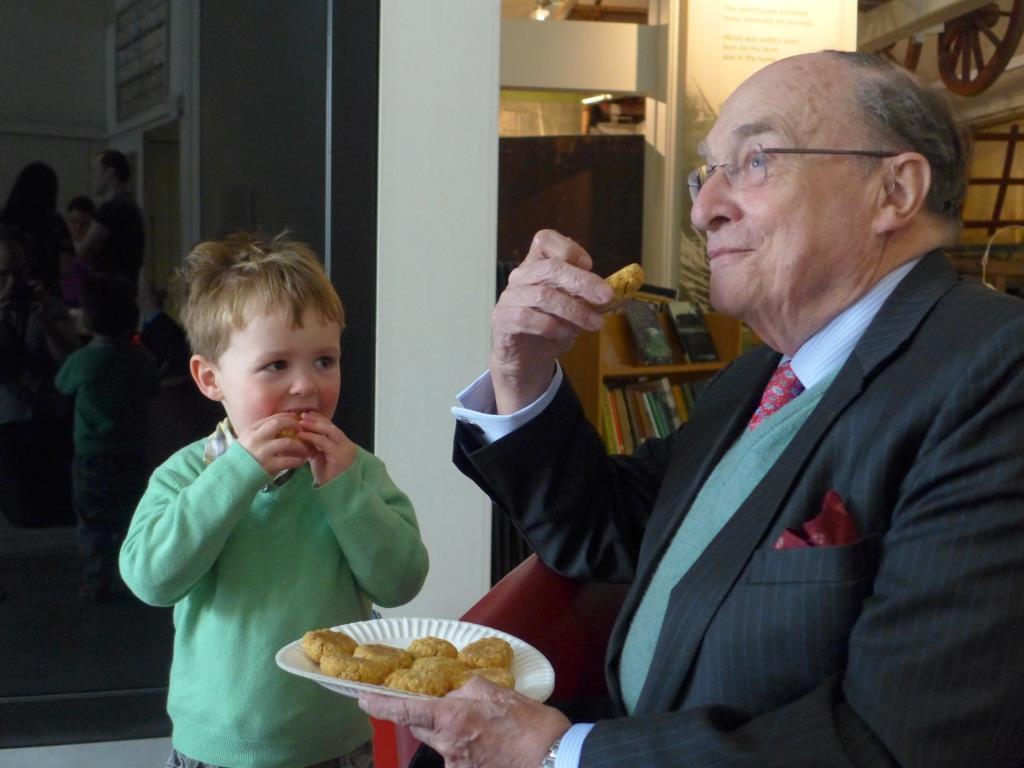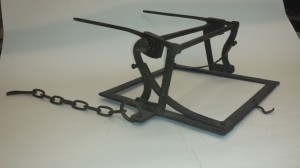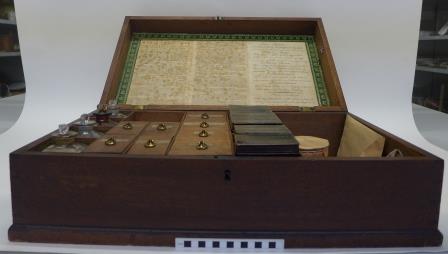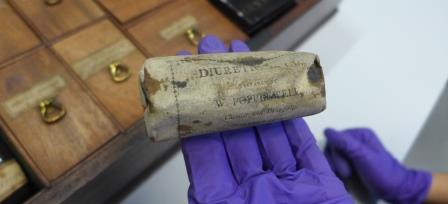Mubariz Rabbani is a second year Archaeology student at the University of Reading.
I have chosen to write about a lave fishing (pictured below) net as the fishing industry is an important part of the British economy as well as a contemporary issue, as increased fishing may result in environmental damage and may affect the economy and employment all across the UK. I also chose the lave net because of its simplicity and flexibility; for instance you can catch a large number of fish or sometimes even different species whether you stand on the bank to fish or trawl from a boat.
The tradition of lave net fishing has been in use since ancient times, being the only traditional fishing practice to have survived into the 21st century. The number of lave net fishermen has, however, gone into significant decline to about 25 people, who try to catch salmon at the Severn River. Their number has fallen because it has become difficult to earn a living from a diminishing fish stock. In 1914, for example, there were 150 lave net fishermen, with catches peaking as high as 36,000 fish annually, earning up to £150 per week (which was a huge amount at that time).
Lave net fishing also faces extinction from the Environment Agency which has suggested the complete abandonment of this ancient technique, as overfishing and poor quality water have led to a decrease in the numbers of fish stocks in the river. On the other hand, the Black Rock fishermen claim that their season is so limited, not just by law but by the power of the tides and the winds, that they are no threat to the salmon population. Secretary of the Black Rock association Martin Morgan argues that they already catch so few salmon and that they are keen to keep their lave net tradition alive. The association also argues that out of the about 15,000 fish in the upper regions of the Severn River, only 0.3 per cent is caught during one season. Peter Kavanagh of the Severn Estuary Fishermen’s Association also argues that future generations should be given the opportunity to be able to do it and see it taking place in the river. For the moment, the number of lave fishing licences has been decreased to 25, with each fisherman allowed to catch five salmon only in a season and only in the moths of June and July.
Therefore, it is possible that in the near future this unique, effective and ancient technique becomes abandoned and part of our history. As a result, this would be a great opportunity to visit the Museum of English Rural Life and view one of the remaining intact lave nets which could become rare and difficult to find in the future.
The lave net currently on display in the Museum of English rural life was used by salmon fishers believed to have been used only on the River Severn before 1966. The net was built using wood and string in the local area.



